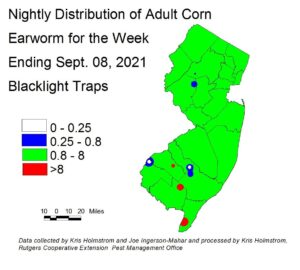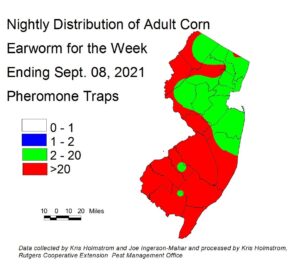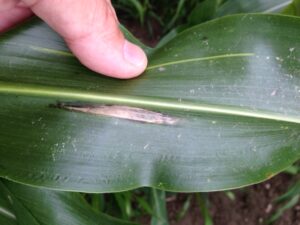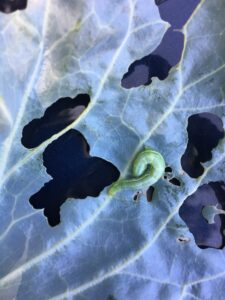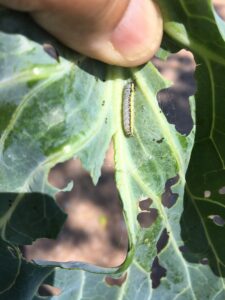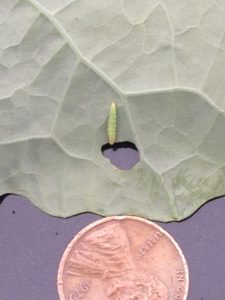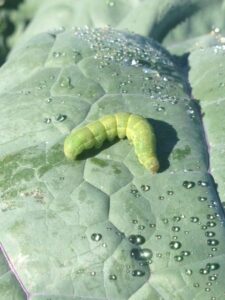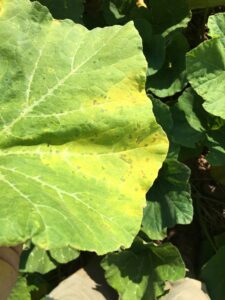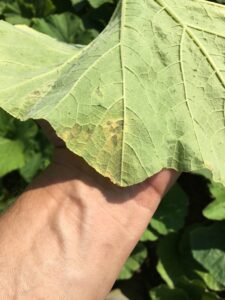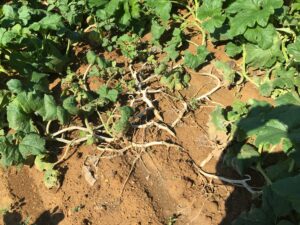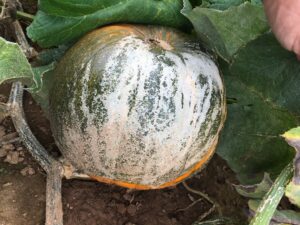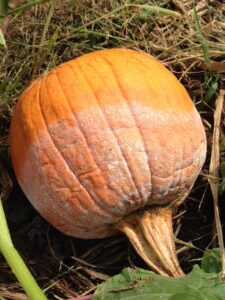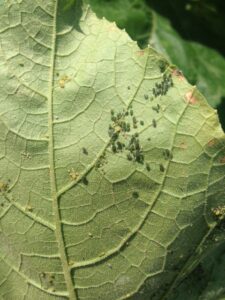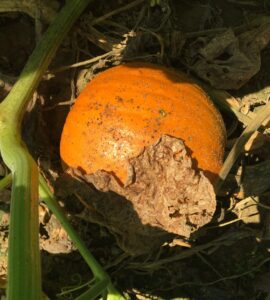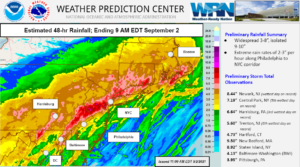USDA has announced a new program, called Pandemic Response and Safety Grant Program.
“The Pandemic Response and Safety (PRS) Grant Program provides grants to food processors, distributors, farmers markets, and producers to respond to coronavirus, including for measures to protect workers against novel coronavirus 2019 (COVID–19). This program is authorized and funded under section 751 of the Consolidated Appropriations Act of 2021 (Pub. L. No. 116—260). USDA developed the PRS Grant Program in response to extensive stakeholder feedback during listening sessions in March 2021, and written comments provided through March 30, 2021. Information from the listening sessions is available online at: www.ams.usda.gov/services/ams-covid-stimulus.
Important Dates:
Application Period Opens: September 23, 2021
Application Period Closes: 11:59 PM Eastern Time on November 8, 2021
All applications submitted before the deadline will be considered for funding. Applications will not be reviewed on a first-come, first-served basis.” – Pandemic Response and Safety Grant website.
Follow this link for eligibility: https://usda-prs.grantsolutions.gov/usda?id=usda_eligibility_info
